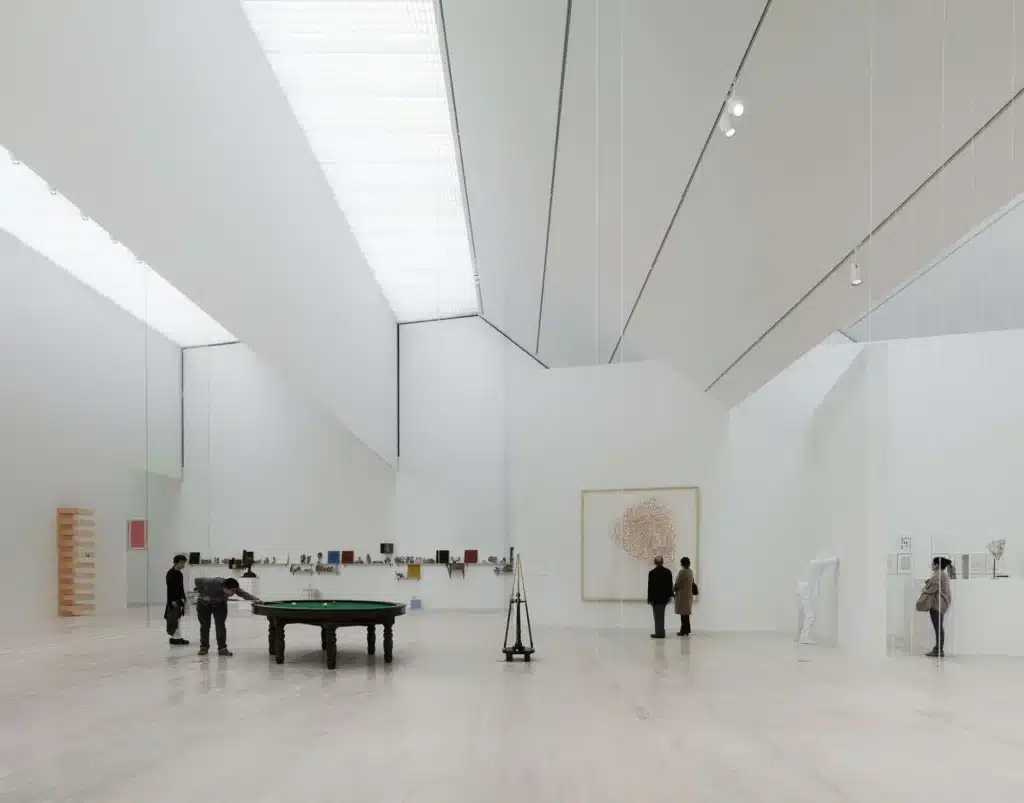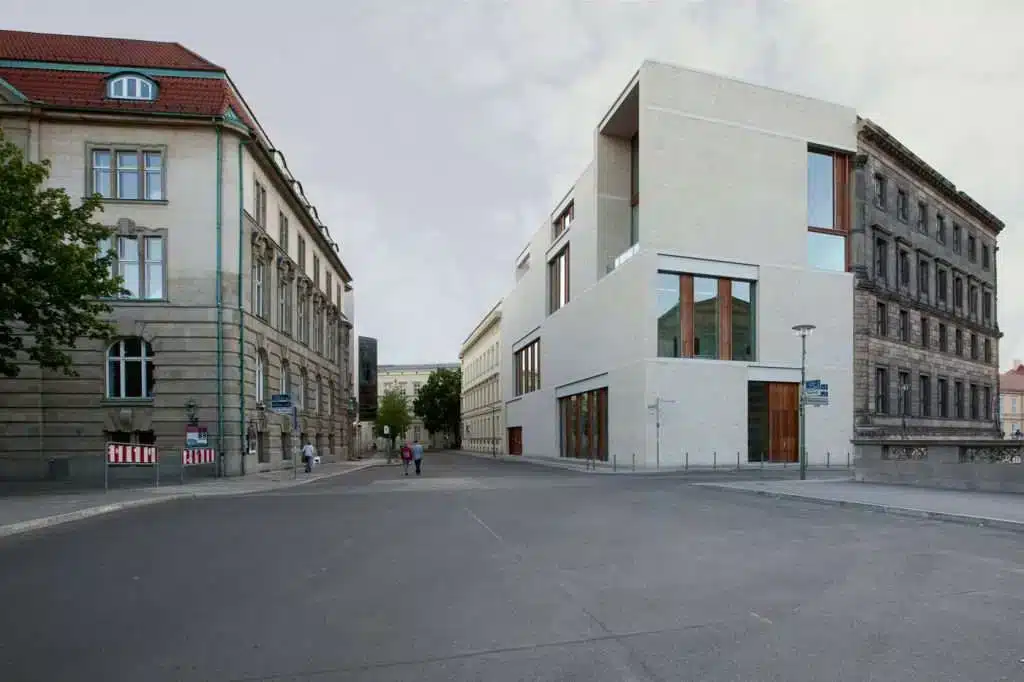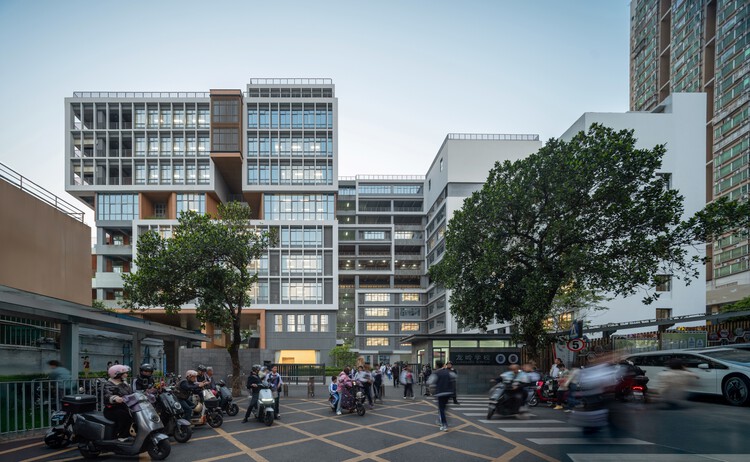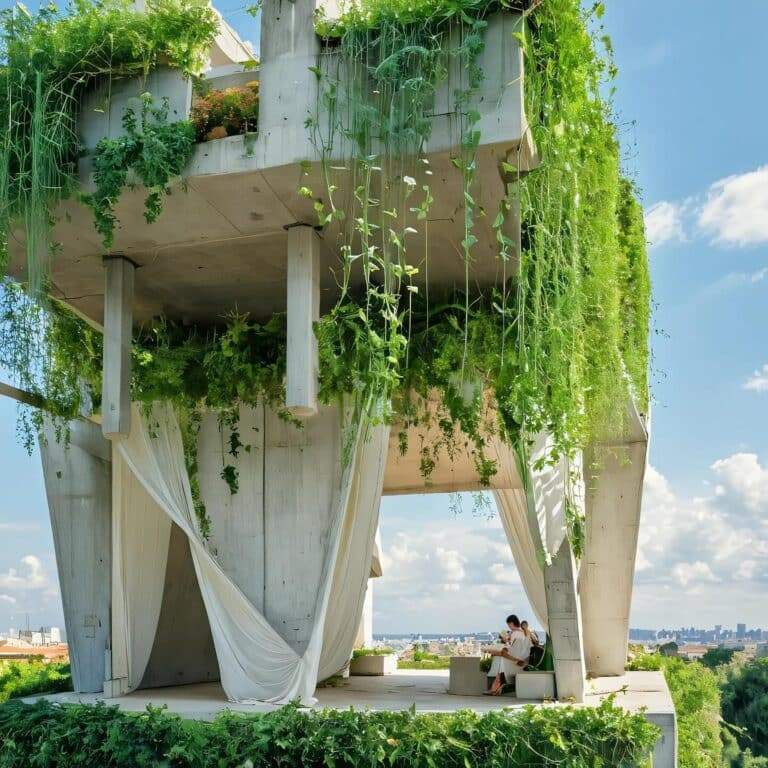In a world full of flashy designs and exaggerated forms, David Chipperfield proves that there’s immense power in simplicity. This British architect, who won the Pritzker Prize in 2023, architecture’s highest honour, has carved out a unique space for himself. His approach is rooted in deep respect for cultural and historical context. It offers designs that blend quiet elegance with smart functionality.

How It All Began
Chipperfield didn’t come from a family connected to architecture. However, his passion for the field emerged early on. He studied at the Architectural Association School in London. It was there that his philosophy began to take shape. He believes architecture isn’t just about visual spectacle; it’s first and foremost about serving both the people and the place it inhabits.
After graduating, he worked in various architectural offices around the world, including in Japan and Italy. These experiences enriched his perspective and taught him how to weave different cultures into his designs. Since founding his own studio in London in 1985, he’s been delivering projects that reflect a refined sense of detail. His work shows a profound understanding of time and place.

What Makes His Designs Different?
If you were to ask someone even slightly familiar with modern architecture what Chipperfield’s work looks like, they might simply say, It doesn’t shout; it speaks quietly. His designs don’t aim to impress at first glance. Instead, they grow on you. They’re thoughtful, balanced, and deeply rooted in their surroundings.
He believes that architecture should serve its purpose effectively, endure over time, and harmonise with the environment. Whether it’s in the heart of a bustling city or a historically rich location, his buildings feel as though they’ve belonged there for ages.

Some of His Most Notable Projects
| Project | Location | Key Features |
|---|---|---|
| Neues Museum (Brandenburg Museum) | Berlin, Germany | A sensitive restoration of a historic building using simple materials like stone and wood. It has a strong focus on connecting interior and exterior spaces. |
| Louvre Abu Dhabi | Abu Dhabi, UAE | An iconic design reflecting local and Arab culture. It features a massive dome creating a striking light effect known as the rain of light. |
| Solomon R. Guggenheim Museum (Interior Renovation) | New York, USA | A calm, carefully considered interior that enhances the visitor experience. It uses large glass surfaces to let in natural light and connect the museum with its outdoor views. |
Each of these projects carries Chipperfield’s signature: simplicity, precision, harmony with context, and a human-centered experience.

Why Does Chipperfield Matter Today?
In an era where buildings often compete to be the tallest, the curviest, or the most extravagant, Chipperfield reminds us that architecture can be so much more. It can be quiet, enduring, and responsible. His work presents a model for what architecture can become when treated as art, not just construction.
More importantly, he has inspired a new generation of architects to look deeper. He encourages them to consider the true meaning behind every structure. Architects are urged to explore the relationship between form and function, past and present.

In Short
David Chipperfield is more than just an architect; he’s a thinker about how we live within the spaces we create. Winning the Pritzker Prize wasn’t just a recognition of his talent. It was also a message to the world about the importance of architecture that centres around people and place.
Ultimately, if there’s one thing to remember about Chipperfield, it’s this. true beauty in architecture doesn’t come from complexity. Instead, it comes from the ability to create something that feels natural and familiar. It’s a space that is deeply considered and respects both time and place.







